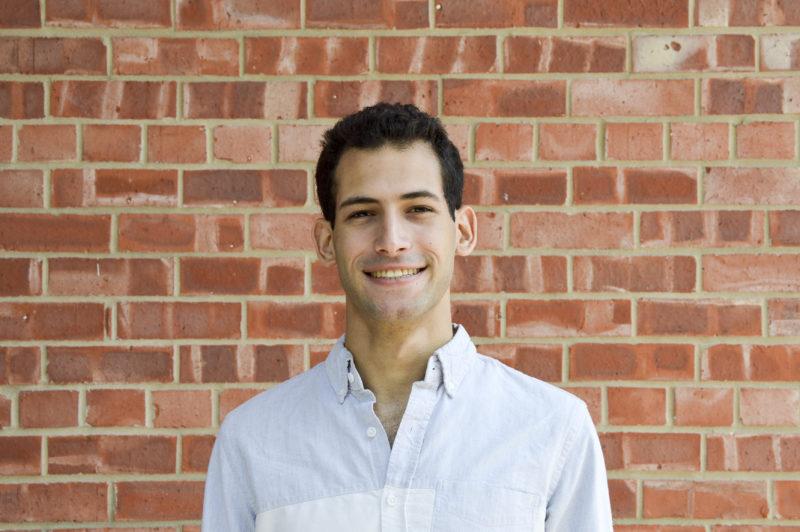Registration for classes as a first-year can be overwhelming. It’s like sitting down at a restaurant, being handed a 100-page menu, and being told you have 10 minutes to choose a dish with an aftertaste that will stick in your mouth for four years.
Trinity has dozens of departments, each of which has dozens of classes, many of which have prerequisites or co-requisites and are themselves prerequisites for other classes. This is to say nothing at all about the Pathways curriculum “” which, as a senior in the last class to be on the old Common Curriculum, I do not understand. Furthermore, in a testament to the complexity of Pathways, no student currently on it has been able to explain to me. Nonetheless, there is hope amidst the daunting complexity of a liberal arts university course catalog and, based on my experience from four years of registration, I’ve compiled some tips for making a good schedule.
First, crowdsource course recommendations. It’s impossible to tell from the course catalog descriptions alone which classes are worthwhile or useful. One resource is faculty. Ask professors in several different departments which classes they recommend. A broad spread across departments is necessary because individual faculty may know a lot about their own departments but comparatively little about others. Another resource is older students. We’ve actually spent a few years taking classes in different departments and will be happy to help you avoid our own, often haphazard experience and to let you know which courses really opened our minds (my personal recommendation is Art History II: Renaissance to Modern Art, which I took with Michael Schreyach, associate professor of art and art history). If you don’t know any older students, post in the Facebook group Overheard at Trinity or just stop anyone walking on campus that looks like they actually know their way around. Your resident assistants are also excellent resources. Even if they don’t know much about classes outside of their major, they’ll have friends who do.
Second, find advanced classes that you’re interested in and use Trinity’s online course catalog to determine the prerequisites for that class. Liberal arts courses tend to be less stringent than science courses in this regard, but when in doubt, consult the course catalog and contact the instructor. Instructors will sometimes be willing to waive certain prerequisites or age recommendations if they can tell that you’re competent and serious about a course.
Third, track how often classes (and their prerequisites) that you’re interested in are offered. Some classes are offered every semester, some only in the fall or spring semesters and some only once every two years. There’s nothing more disappointing than getting to your senior year and realizing that a class you really wanted to take won’t be offered again until after your graduation.
Fourth, try to project how your degree path, or possible degree paths in case you’re undecided, might conflict with elective courses that you’re interested in. For example, I spent two years looking forward to taking a course in the classical studies department called Theorizing Myth only to find in my junior year that it conflicted with a lab that was necessary for my chemistry major. Theorizing Myth won’t be offered again until after I’ve graduated. With better planning and checking what times and days of the week that class and lab occurred, I might have been able to adjust my schedule in such a way that I could have taken both classes.
Fifth, strike a balance between over- and under-burdening yourself. You’ve come to Trinity to take classes and obtain a truly interdisciplinary education. That’s not possible if you only take 12-hour semesters with only the easiest Pathways courses. From personal experience, as a first-year, I only took 14 hours in the spring, and instead of using all that time to really dive into my courses, I did most of my readings after 1:00 a.m and played 200 hours of “Fallout: New Vegas.” Of course, don’t overburden yourself either. There’s no point cramming in 18 hours if you’re unable to adequately devote yourself to each course and if those hours come at the expense of the social and communal aspect of your first year. Somehow, though, the athletes manage to find the time for everything, so talk to them.
These tips should make the course scheduling process less overwhelming and, maybe, fun and manageably chaotic.




